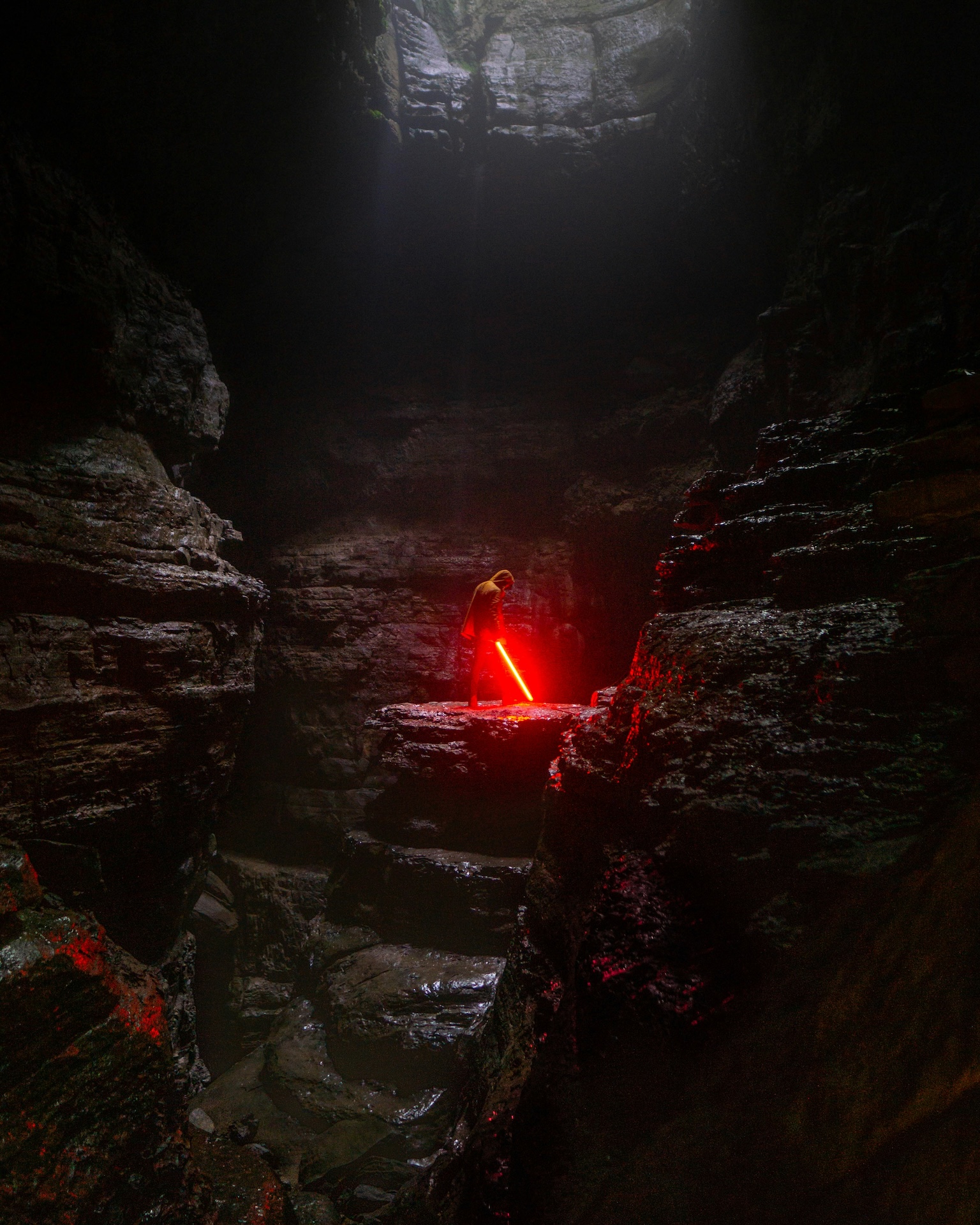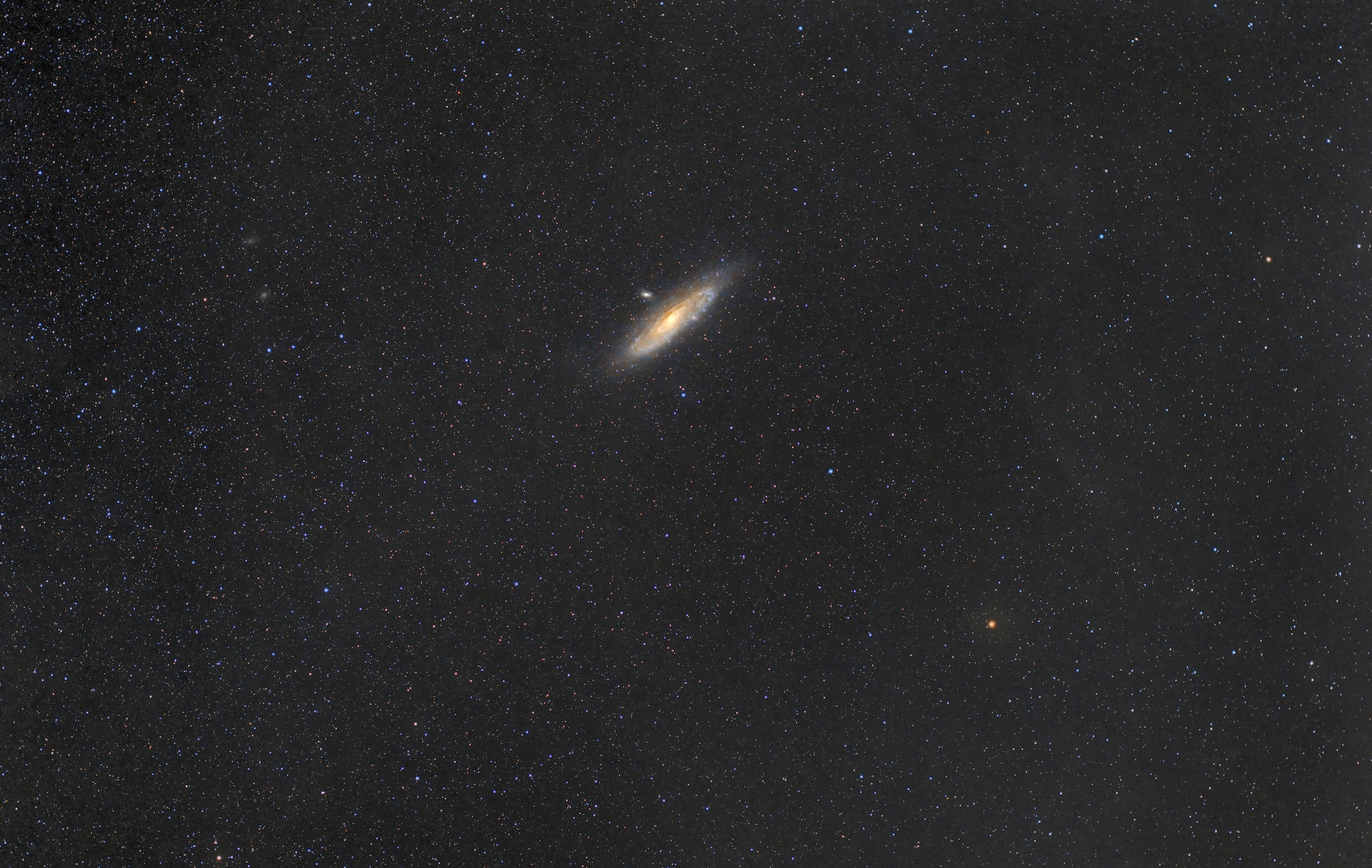Film music as an independent work of art: when does it work?
Film music is primarily intended to support the plot of a film, reinforce emotions and shape the atmosphere. But sometimes a soundtrack detaches itself from its cinematic context - and is perceived as a work of art in its own right. But when does this work and what requirements must be met?
Memorable melodies and themes
An important characteristic of film music that is perceived as an independent work is strong, memorable melodies that are so independent, catchy and concise that their power would also carry a hit pop song or a large orchestral work. Such melodies can develop a “life of their own”, especially if they evoke clear, fundamental emotions, for example sadness or joy, even without images. The central musical motifs of Titanic, The Lion King, Pirates of the Caribbean, Mission: Impossible and, of course, Star Wars often perform particularly well in studies on unaided recognition and are recognized and correctly assigned by many music and film consumers. A key lesson I have learned as a film musician is that music must be able to take a back seat in order to let the movie speak. This is especially true when it comes to shaping the music as an underscore. But when it comes to the central theme itself, restraint is counterproductive. Memorable melodies not only help viewers, but also directors and producers to recognize the emotional core of the film early on. I remember one production where the musical theme inspired the director to recut a key scene – an exciting and special moment for everyone involved.
Example
“The Pink Panther” (Henry Mancini), the jazzy melody is so concise that it also became very well known outside the film and is received independently.

Cultural or thematic relevance
If a soundtrack has cultural or thematic relevance, it is often listened to independently of the movie. This is easier to achieve with song structures than with other formats. A memorable melody, a catchy hook is also helpful here.
Example
Titanic, “My Heart Will Go On” (James Horner) as one of the anthems of the 1990s; the song’s hook is also the main theme of the film score.
Pop-cultural integration
Film music that finds its way into popular culture is often appreciated independently of the movie. If a soundtrack becomes a cultural phenomenon in its own right, it can also influence and shape the choice of music in other media.
Example
The soundtrack to “Guardians of the Galaxy” (Diverse) is considered a remarkable example of the integration of film music into pop culture. The compilation of hits from the 1970s and 1980s, known as “Awesome Mix Vol. 1”, gained immense popularity and led to a resurgence of these classics in the music charts and in advertising.
Emotional depth
A soundtrack becomes a work of art in its own right when it tells an emotional story that can be understood even without the movie.
Example
Interstellar, “Day One” (Hans Zimmer) is music that simultaneously conveys feelings of hope and longing; the sequence is repetitive, quasi loop-based and therefore also very catchy

The composer's artistic vision
The innovative use of surprising instruments, sounds and textures that may not even seem to fit together at first glance can create a unique soundscape that goes far beyond purely illustrative background music, but also functions as such.
Example
In the soundtrack to “The Good, the Bad and the Ugly” (Ennio Morricone), the strong artistic vision can be seen in the innovative use of instruments and vocal effects, among other things.
Musical complexity
Film music, which is harmonically, rhythmically and structurally complex, is often perceived as music in its own right. It is closer to “absolute music” than to “program music”. Harmonic, rhythmic and structural complexity can conflict with the desire to create a melody that is as memorable as possible, a theme that is as catchy as possible. A good recipe can therefore be a harmonically, rhythmically and structurally complex accompaniment to a simple, catchy theme. A soundtrack that for me personally had an impact far beyond the movie is the score to ‘JFK’ by John Williams. What fascinates me about it is the dense, multi-layered fabric of the music. It creates an unobtrusive but relentlessly pulsating tension that acoustically captures the uncertainty of events. I was impressed by this score the very first time I heard it – and I found myself analyzing individual passages again and again later on. For me, this is a prime example of how film music can detach itself from the film and exist as an independent work of art.
Example
Soundtrack to “2001: A Space Odyssey”, director Stanley Kubrick dispensed with a classical film score and instead used existing classical compositions by Richard Strauss, Johann Strauss II and György Ligeti, whose complex structures and harmonies create a transcendent atmosphere that has an effect far beyond the film.
Summary
Film music is perceived as an independent work of art when it goes beyond the context of the film and independently conveys emotions, stories or cultural messages. Such rare cases of soundtrack luck prove that film music is not only an enriching accompaniment for images, but can also take its own place in the musical landscape.
- Memorable melody, catchy theme
- Cultural or thematic relevance
- Pop-cultural integration
- Emotional depth
- The composer's artistic vision
- Musical complexity
Kontakt
JP Composers
Julian Pešek (Einzeluntermehmer)
Südstraße 45
04178 Leipzig
Telefon: +49 171 9101572
Mail: julian@jp-composers.com
